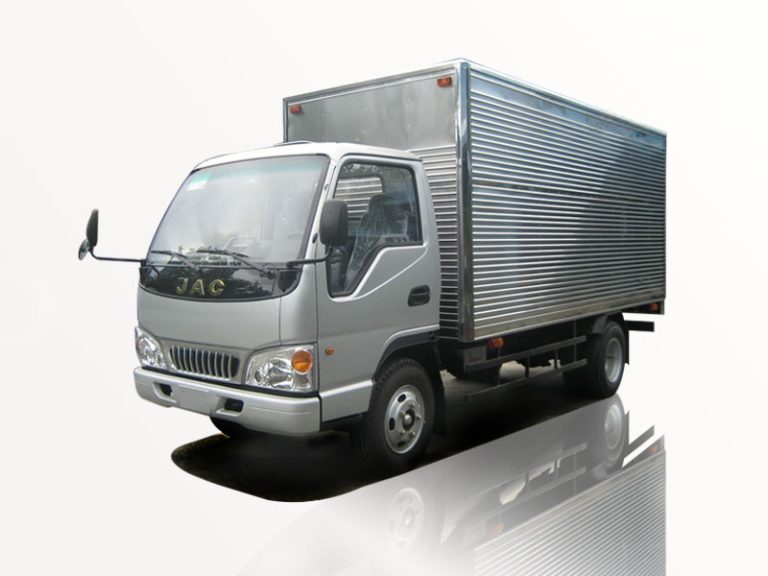Septic vacuum trucks play a critical role in modern waste management. They’re designed specifically for the safe collection and disposal of septic waste and other liquid waste materials. If you’re involved in the maintenance of septic systems or have a property that relies on such systems, understanding how septic vacuum trucks work will help ensure an efficient waste management process.
What is a Septic Vacuum Truck?
A septic vacuum truck is a specialized vehicle equipped with a vacuum system used to extract and transport liquid waste. This waste mostly comes from septic tanks, but these trucks can also handle sewage from recreational vehicles, grease traps, and other waste sources. They are essential for maintaining sanitary conditions and preventing environmental contamination.
Components of a Septic Vacuum Truck
These vehicles are outfitted with several key components that enable them to perform their functions effectively:
- Vacuum Tank: The tank is where the collected waste is stored. It is built to handle corrosive materials and comes in various sizes depending on the truck model.
- Pump System: A powerful pump creates suction to draw waste through a hose and into the tank.
- Hoses: Heavy-duty hoses are used to connect the truck to the septic tank or waste source. They are designed to withstand the harsh nature of sewage.
- Control Panel: This allows the operator to manage the suction and discharging process efficiently.
- Chassis: Built upon a truck chassis, septic vacuum trucks have a sturdy construction that supports the weight and equipment.
How Septic Vacuum Trucks Work
The operation of a septic vacuum truck can be broken down into the following steps:
- The truck arrives at the site that needs service.
- The operator connects the vacuum hose to the septic tank access point.
- The pump is activated, creating a vacuum that draws the waste into the truck’s vacuum tank.
- Once the tank is full, the operator transports the waste to a designated disposal site.
- The waste is then discharged from the vacuum tank, typically at a wastewater treatment facility.
Types of Septic Vacuum Trucks
Septic vacuum trucks come in various configurations tailored to different tasks. Understanding the types can help you select the right one for your needs.
1. Standard Vacuum Truck
This is the most common type used for residential and commercial septic pumping. They typically have a mid-range tank capacity of 1,500 to 3,000 gallons.
2. Heavy-duty Vacuum Truck
Designed for industrial applications, these trucks can handle larger volumes of waste. They often have tank capacities exceeding 3,000 gallons and are built to support heavier loads.
3. Liquid Waste Vacuum Truck
Used for collecting various non-septic liquid wastes and can be repurposed for different industries, including construction and food service.
4. Combination Sewer Cleaner
This dual-purpose vehicle can vacuum and jet clean sewer lines. It’s helpful for municipalities and large commercial sites.
Applications of Septic Vacuum Trucks
Septic vacuum trucks serve a variety of applications. Here are some of the most prominent:
Residential Septic Tank Maintenance
Regular pumping of residential septic systems is crucial for preventing system failures. Homeowners should schedule maintenance every 3-5 years, depending on usage.
Commercial and Industrial Waste Management
Restaurants, manufacturing plants, and other commercial facilities often rely on these trucks for grease trap cleaning and handling byproducts.
Emergency Spill Control
In the event of liquid waste spills, septic vacuum trucks can be dispatched to quickly contain and remove hazardous materials to prevent environmental damage.
The Importance of Regular Maintenance
Regular maintenance using a septic vacuum truck can help save you money, extend the life of your septic system, and maintain sanitary conditions. Below are some key points to consider regarding septic maintenance:
Signs Your Septic System Needs Attention
- Slow drains in the home.
- Unpleasant odors around the septic area.
- Pooling water or wet areas in the yard.
- Unexpectedly lush vegetation in areas over the septic tank.
Scheduling Maintenance
Homeowners should begin by identifying a reliable septic service provider. It’s essential to have your system evaluated a few times prior to maintenance to get an accurate understanding of when it’s needed.
Tips for Selecting a Septic Service Provider
- Check for licenses and insurance.
- Look for online reviews and testimonials.
- Ask for a detailed estimate before work begins.
Cost Considerations for Septic Pumping Services
Understanding the costs associated with septic pumping will help you budget effectively. Factors influencing costs include:
1. Size of the Tank
Generally, larger septic tanks will require higher fees due to the increased volume of waste being pumped.
2. Accessibility
If a septic tank is hard to access (e.g., through overgrown grass or deep pits), the service may charge more.
3. Local Regulations
Costs can also vary based on local waste disposal regulations and pricing standards.
Environmental Considerations
When septic waste is not handled correctly, it can lead to severe environmental issues. Here are some considerations:
Groundwater Contamination
Improper disposal can lead to leaching toxic materials into groundwater, affecting drinking water sources.
Land Pollution
Untreated waste can destroy land ecosystems and contribute to soil toxicity.
Regulatory Compliance
Ensure you’re compliant with all local and state regulations regarding septic waste management to avoid fines or shutdowns.
Future Trends in Septic Waste Management
As technology advances, so do septic waste management practices. Here are trends to keep an eye on:
Automated Vacuum Systems
New automated systems are being developed that enhance efficiency and safety during waste collection.
Green Technologies
Look for environmentally-conscious solutions such as bioremediation, which uses natural processes to treat waste on-site.
Increased Regulation
Expect more regulatory requirements to ensure compliance and environmental protection.
FAQs About Septic Vacuum Trucks
1. How often should a septic tank be pumped?
Typically, a residential septic tank should be pumped every 3 to 5 years, but the frequency may vary based on the household size and water usage.
2. Can I pump a septic tank myself?
While DIY efforts are possible, it is not recommended due to health risks and regulatory compliance issues. Hiring a professional is safer and ensures proper disposal.
3. What happens if I don’t pump my septic tank?
Failing to pump your septic tank can lead to system failures, backups, and costly repairs due to contamination.
4. How is waste disposed of after being collected by a septic vacuum truck?
The waste is typically transported to a wastewater treatment facility where it undergoes treatment before being released back into the environment.
5. What are the signs of a failing septic system?
Indicators include slow draining sinks, foul odors, and surfacing sewage or wetlands in your yard.
6. Are there regulations for septic truck operations?
Yes, various local and state regulations govern how septic pumping and waste disposal must be conducted to protect public health and the environment.



